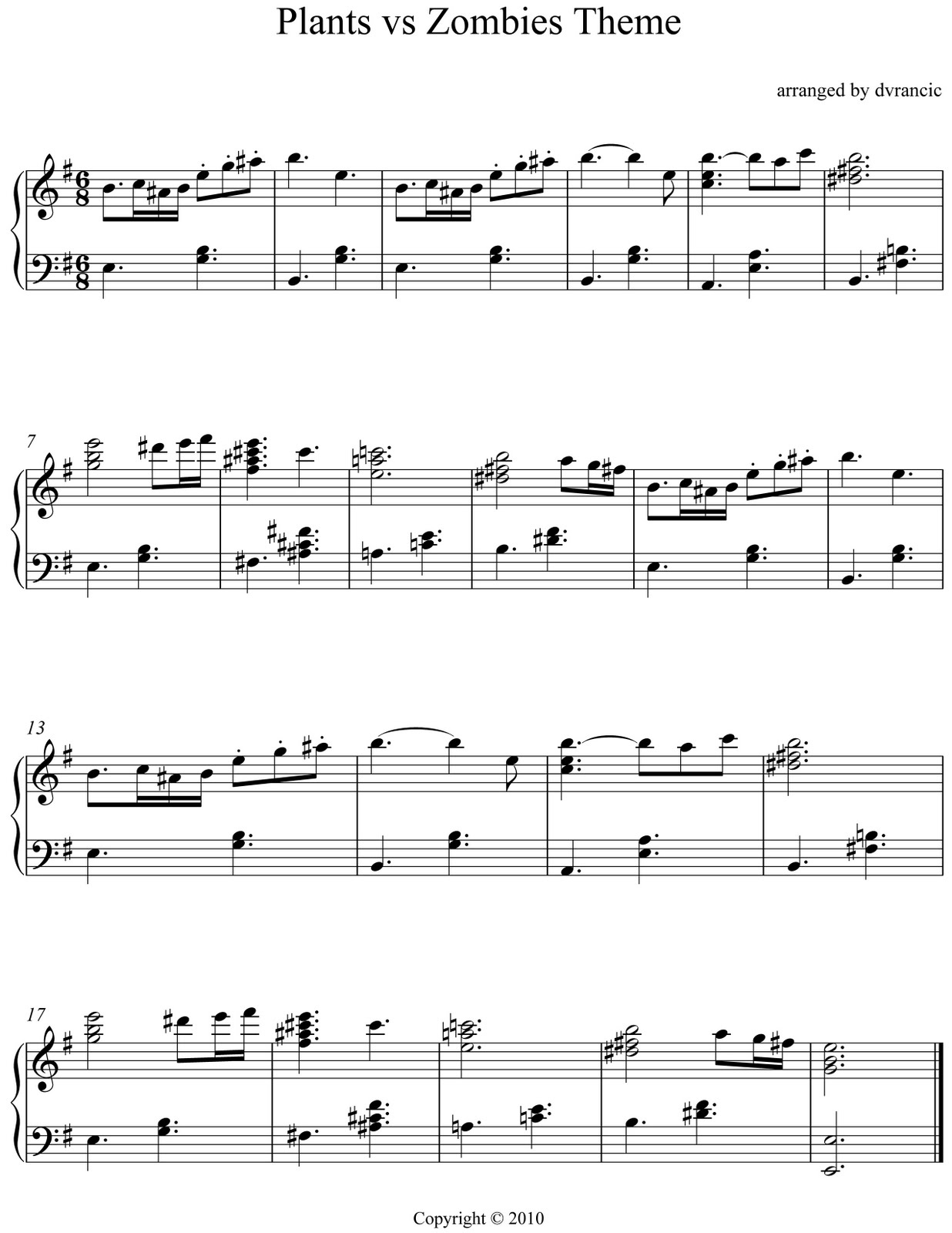
- #Musicianship vs musicality how to#
- #Musicianship vs musicality movie#
- #Musicianship vs musicality trial#
So why do we expect to read music before we can play it? Random throught #2: Imagine if a toddler were told, “No no, you must not speak until you can read.” He or she would never speak well. When asked how he learned to do that, he replies, “I listened”.)
#Musicianship vs musicality movie#
Random thought # 1: I’m reminded of a scene in the movie “The Thirteenth Warrior”, in which an Arab-speaker is travelling with a group of Nordic people whose language he doesn’t know, until finally one evening he responds to something in their own language. We need to use all tools available – notation or tablature, recordings, active and passive listening, and live mentoring – which in turn engage both sides of the brain. But those cannot replace the traditional ways of learning music even recording and video devices don’t provide all the information or any of the feedback we need. Therefore, tablature and notation have become more necessary as learning tools. But these days most of us don’t have continually accessible musical mentors, and we don’t necessarily hear live music in our homes constantly.
#Musicianship vs musicality trial#
It was learned the way one’s first language is learned: first you hear it, and when you have some understanding of what you’re hearing, you try to do it yourself (usually with a lot of trial and error, and a lot of play-sounds involved), hopefully with guidance every step of the way.

People grew up with it and absorbed its nuances without conscious effort. In most traditions, music was an everyday thing, a constant accompaniment to life’s normal activities. Anyone can follow a system or a set of instructions and go through motions, and notes may emerge from the instrument, but they will be lifeless.
#Musicianship vs musicality how to#
Rote learning is what you do if you are simply learning from any system without having heard the tune or understanding how to make it musical, and yes, that includes learning from notation if it’s simply a mechanical reading of notes. Rote means (from the Merriam Webster Dictionary) “the use of memory usually with little intelligence mechanical or unthinking routine or repetition”. Ear-playing involves learning from what you hear. The musician who develops and nurtures both abilities is truly well-rounded, and has access to greater inner expertise.ĭon’t get ear-learning confused with having someone show you where to put every finger and play every note in such a way that you wouldn’t actually have to hear the tune to play it – that’s a form of rote learning. Reading music or tablature and rote learning are left-brain skills. Actual physical nerve tissue forms to accommodate the information we take in, especially when we purposely study a skill. The brain develops according to what we feed it intellectually. But eons of great musicianship in the world’s oldest cultures, some of which had music-notation systems and some of which relied on an aural tradition, show that there is more than one way to approach music “correctly”. In our Western culture, where a great deal more value is put on left-brain learning/thinking, that way of approaching music has come to be considered “the only right way”, while right-brain music-learning is often considered inferior or even wrong. There is an artificial divide between musicians who prefer music to be learned and played in a formulaic way and those who prefer it to be learned and played intuitively. Becoming a musician requires equal use of both sides of the brain, or it should, ideally. (After all, if something works pretty well, why try to improve it?) Music, however, is the great equalizer. Interestingly, each type may be so comfortable with their way of learning/doing that they may be hesitant to try to learn to use both sides of the brain equally. Logical, analytical types who are skilled in math and data-keeping, and are perhaps not as creatively inclined, are said to be “left-brained”. Creative people are said to be “right-brained” they are usually artistic and intuitive but sometimes not “grounded” in logic. Most people tend to use one side of the brain more than the other.

The two hemispheres are not like halves of a ball they are physically separate and are joined only by one fibrous connection (called the Corpus Callosum) which allows communication between the two hemispheres and therefore helps balance our thinking/functioning. The concept of “right brain” and “left brain” is a proven one the right side of the brain largely governs creative and intuitive thinking, while the left side largely governs logic, mathematics, and rote learning.


 0 kommentar(er)
0 kommentar(er)
